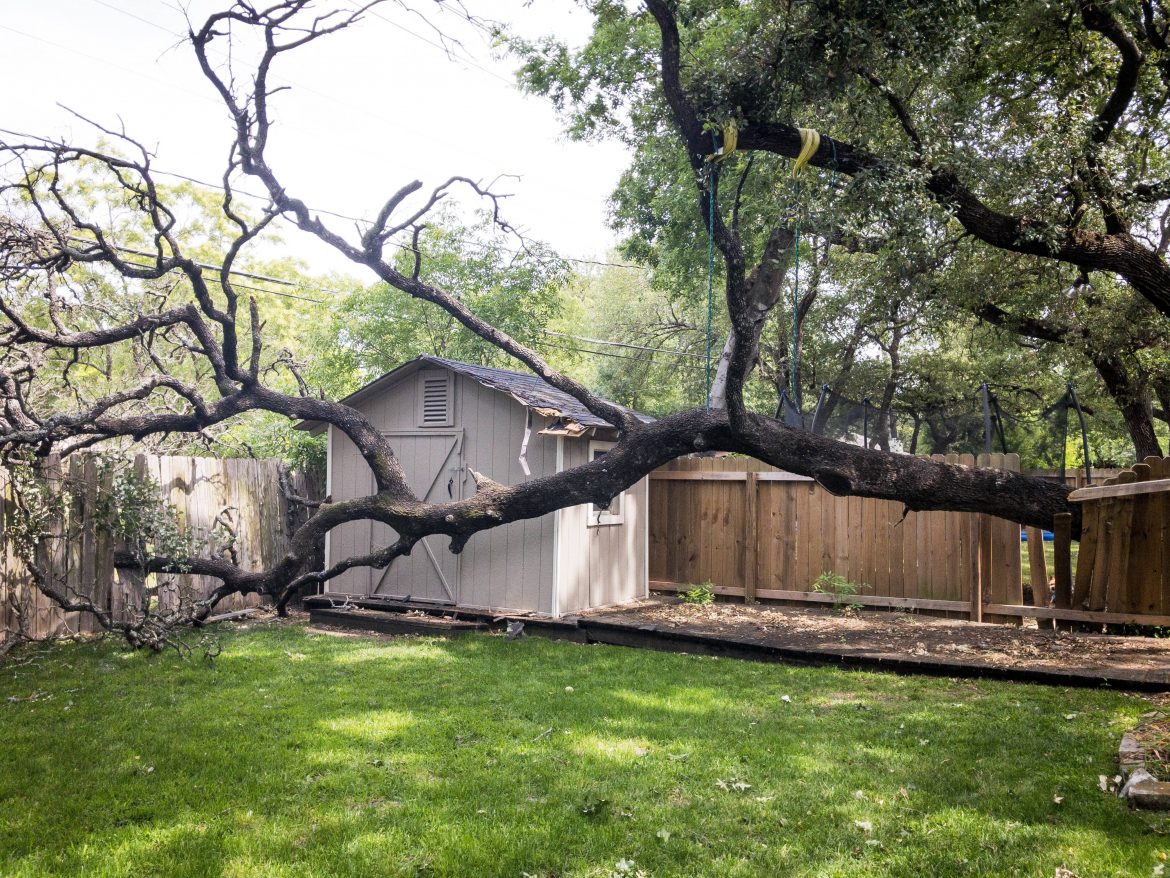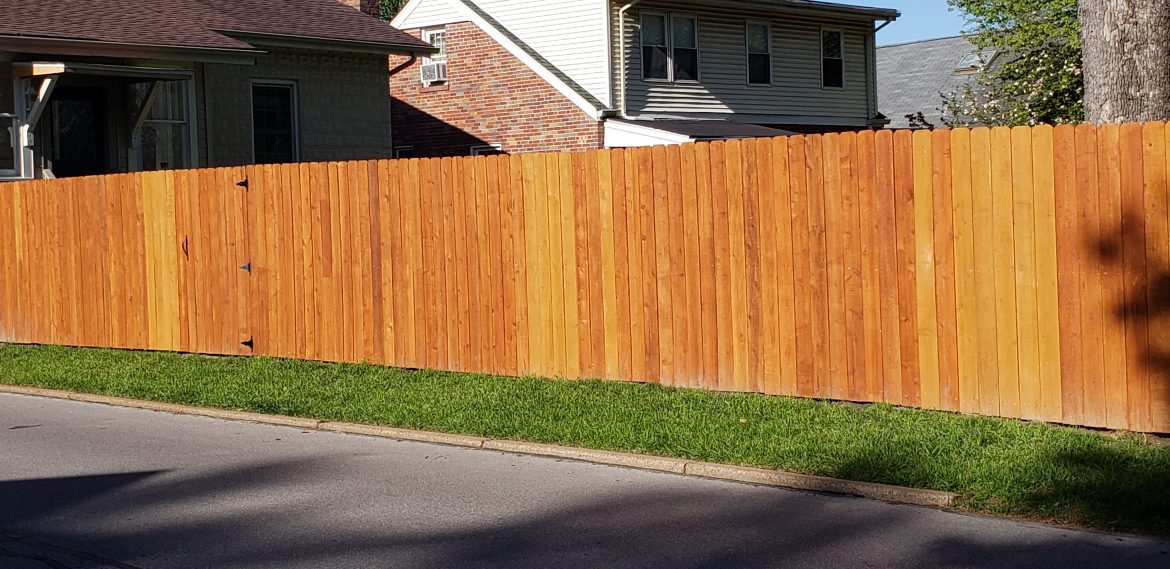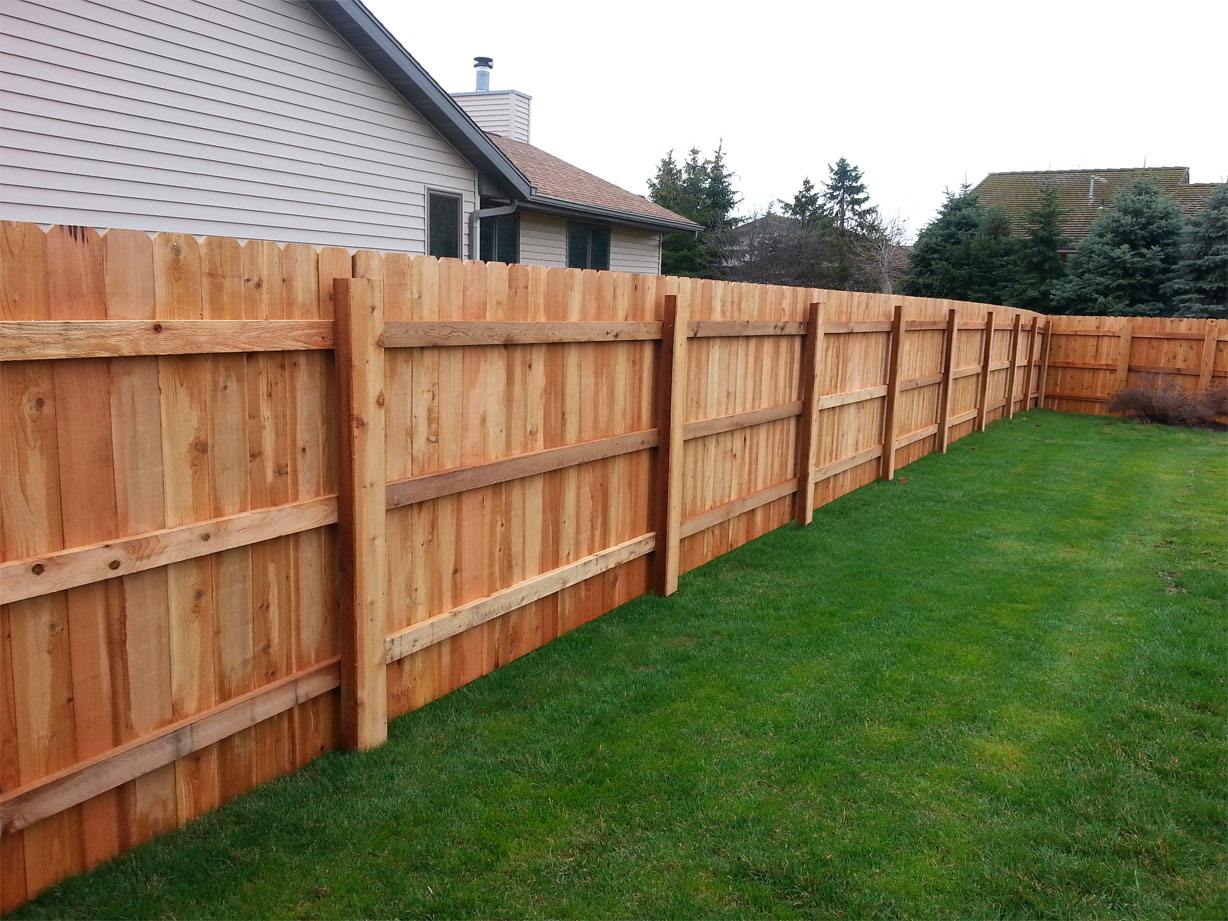Maintaining your concrete driveway is very important for keeping it looking good and for prolonging the driveway’s life. To keep your driveway solid and free of stains for many years, there are several maintenance tasks that can help to keep it that way for a long time.
Proper curing is necessary to keep a concrete driveway from cracking. Allow at least one full week for the driveway to cure. Stay off of it at least seven days for lightweight vehicles and up to 14-30 days for heavy-duty vehicles or equipment. Uncured concrete is considered to be “green” and the concrete needs time to cure and harden prior to accepting normal traffic and daily use. For heavy construction equipment, wait at least 30 days before allowing heavy equipment to drive on your new concrete driveway. Avoid hard skids, tracking, and tire marks. Always seal the driveway to allow for lifetime use. Before sealing the driveway, use a power washer to thoroughly remove loose dirt, grime, and oil residue. You should plan on doing the initial seal and then reapply the seal every three to five years. There are two types of seals. One type is a “dry look” seal and the other is a “wet look” seal. Each type has its benefits and drawbacks. The “wet look” seal is less expensive, provides oil stain protection, however, it requires frequent application. The “dry look” seal is more expensive. It does not discolor the concrete and it lasts longer up to 10 years.
Concrete Driveway Installation
If you reside in a region that receives heavy inclement weather, i.e., ice and snow, where there is heavy use of road salt/sand mix and magnesium chloride on the roads and streets, consider sealing the driveway every one to two years. Heavy use of chemicals on concrete can cause spalling and deterioration. Spalling causes the concrete to breakdown, chip, crack, crumbling, and break into small pieces. Eventually, it will destroy the concrete surface. If possible, avoid using metal snow shovels that scrape and scratch the driveway surface. After the driveway installation is complete, sometimes small dips or low spots on the concrete surface. Very minor low spots referred to as “birdbaths” are not a problem. However, deeper puddles larger than two to three feet in diameter could become a bigger concern leading to spalling and long term damage. Consult with a concrete contractor or the company that installed the concrete driveway. In addition, don’t allow water to seep into cracks and freeze during the winter. It leads to cracking and spalling.
On a new concrete driveway, avoid oil spots that leave ugly stains from several months to years. Oil stains attract dust, dirt, and grime causing the stains to grow dark. Unsightly oil stains can be cleaned with a commercial de-greaser using a sturdy bristled brush, water, and scrubbing. Avoid using ice melting products. Such products are convenient and tempting to use, but avoid it at all costs. Using such products eventually leads to spalling and deterioration of the concrete surfaces. If you have stamped or patterned concrete on your driveway surface, it is imperative to avoid ice melting or de-icing products. Another problem involves digging near the driveway, avoid it. Digging the dirt near the concrete surface weakens the support grade.




